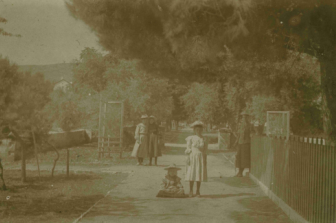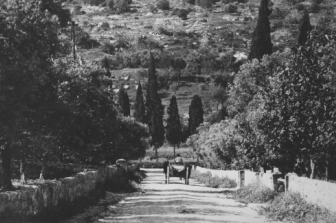Haifa City Museum
Exhibitions
Community House | The Templers: Legacy and Dream
New exhibition
This exhibition is a showcase for artist Ossi Yalon, who has spent several years researching the long-gone community in the Land of the Bible. Her works focus on the stories of members of the community who played an important role in the history of Haifa, and left a rich and fascinating cultural impression on the city. Yalon’s art strives to revitalize the Templers’ way of life, and envisage their day-to-day routine, the cultural and social characteristics of their community, and the view they saw from their windows.
The Bahá’ís and the Templers: Neighborly Relations, Faith, and Construction in 19th Century Haifa
A lecture held in English
The lecture will focus on the nature of the relations between the Bahá'ís and the Templers, and will provide broader background and context about the presence of the Bahá'í Faith in Haifa.



Please contact us and we will contact you as soon as possible